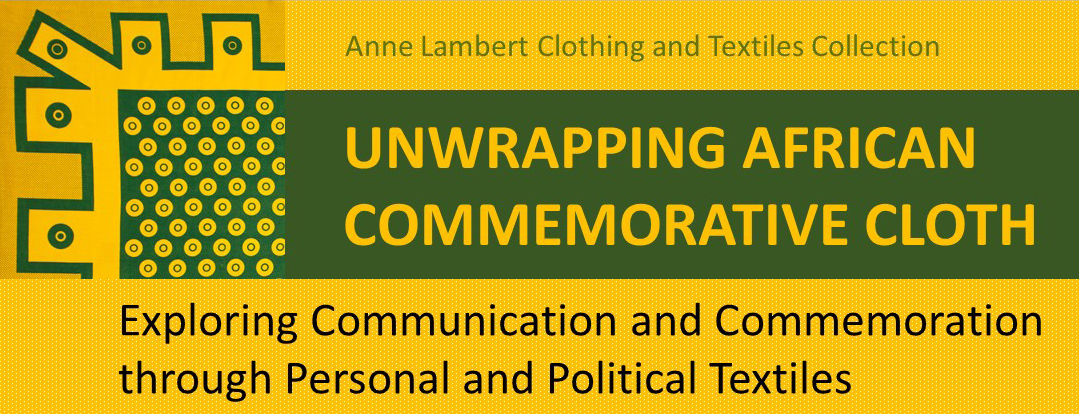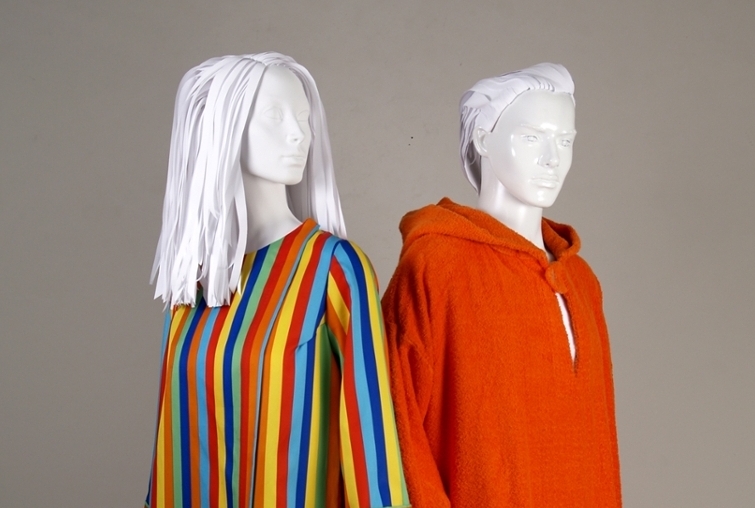Online Exhibitions

ALCTC Pattern Project: Part 1 – Women’s Wear 1760-1812
Anne Lambert Clothing and Textiles Collection
The Anne Lambert Clothing and Textiles Collection (ALCTC) is pleased to introduce the first component of the ALCTC Pattern Project, a series of online exhibitions featuring downloadable patterns drawn from artifacts in our collection. The aim of the ALCTC Pattern Project is to improve access to our objects, further their study, advance knowledge on the cut and construction of clothing, and promote the practice of measuring historic dress for both research and preventive conservation purposes.

Peonies in Bloom: A Selection of Art and Textiles from the Mactaggart Art Collection
For centuries, peonies have been an auspicious symbol and widely adored for their beauty. At the University of Alberta, peonies readily bloom across campus during the spring and representations of peony blossoms can be found on textiles and paintings in the Mactaggart Art Collection. The online exhibition Peonies in Bloom: Selected Art and Textiles from the Mactaggart Art Collection explores the deeper meaning behind the beautiful peony and why they remain popular symbols in Chinese material culture.

Lion, Lantern, Lotus: Chinese and Buddhist Symbols in the Mactaggart Art Collection
The online exhibition Lion, Lantern, Lotus: Chinese and Buddhist Symbols in the Mactaggart Art Collection explores the combination of Buddhism and Chinese symbols on a Buddhist textile from China. This University of Alberta Museums exhibition highlights the rich Chinese-Buddhist visual culture and textiles found in the 17th century.

Materialities and Meaning of Past, Present, and Future
Faculty of Arts Signature Research Area Future of the Past
How is the past constructed by different social groups and how are these social categories distinguished and interconnected? How has this changed over time?
Materialities and Meaning of Past, Present, and Future brings together human ecologists, anthropologists, art historians, classicists, historians, and archaeologists working at the University of Alberta. This exhibition focuses on deconstructing these questions. It provides examples from material culture studies that address changing perspectives on the intersections of gender, identity, race and ethnicity, the language of power and the study of under-represented groups.
Dress & Escapism
In the first of this three-part series, the focus is placed on dress artifacts and curatorial practices. What can we learn from studying and presenting historical clothing? The series Dress & Escapism aims to provide answers to these questions by exploring different aspects of fashion history and dress interpretation. From rigorous observations and reproductions of museum artifacts to the artistry of costume design, the series explores sartorial expressions and their potential effects on the audience.Innerwear: Liminal Dressing 1820-2020
Anne Lambert Clothing and Textiles Collection
With the COVID-19 lockdown, working and learning from home have opened the doors to the world of liminal dressing. The boundaries between our public and private spheres begin to blur as we continue to meet at home through videoconferencing. The online exhibition Innerwear: Liminal Dressing 1820-2020 explores the concept of “undress” over the past 200 years through thoughtfully selected artifacts from the Anne Lambert Clothing and Textiles Collection and other various institutions. Functionality, comfort, modesty and social status are addressed as integral factors in understanding our choices of dress, even in the liminal spaces of our homes.

Unwrapping African Commemorative Cloth
Anne Lambert Clothing and Textiles Collection
In an effort to celebrate Black History year-round and recognize the important role the African Diasporan community occupies in Edmonton and Canadian culture, the online exhibition Unwrapping African Commemorative Cloth centres the substantial array of commemorative textiles from the diverse cultures of Ghana, Kenya, Tanzania, Nigeria, Cameroon, Malawi, Zimbabwe, Sudan and Tchad. Explore factory-printed cloth with incredible communicative power and view textiles available for study from the Anne Lambert Clothing and Textiles Collection housed in the University of Alberta’s Department of Human Ecology. These artifacts have been researched and presented for virtual display thanks to support from the Roger S. Smith Undergraduate Researcher Award in the Department of Human Ecology and the University of Alberta Museums.
Dragons on the Tibetan Plateau: Selected Textiles from the Mactaggart Art Collection
With never-before-seen textiles from the Mactaggart Art Collection, Dragons on the Tibetan Plateau focuses on the variations of dragon pattern designs and the textile production techniques found through selected objects from Tibet between the 16th and 18th centuries.
Minerals of Alberta
Mineralogy and Petrology Collection
To celebrate the anniversary of the 100th year since the publication of "The First Annual Report on the Mineral Resources of Alberta," this online exhibition introduces you to 13 mineral resources that were commercially produced either in the past or the present, as well as a couple of minerals that are found in Alberta that have not been produced yet.
On the Banks of the River: A Gift of Art from the University of Alberta Museums Art Collection
University of Alberta Museums Art Collection & Mactaggart Art Collection
On the Banks of the River was created to commemorate President Bill Flanagan's installation as the 14th president and vice-chancellor of the University of Alberta. This selection of art, drawn from the University of Alberta Museums' Art collection, tells the story of the university from its establishment in 1908 on the banks of the North Saskatchewan River to the present.
Shifting Geographies: Inuit Art from the University of Alberta Art Collection
University of Alberta Museums Art Collection
This exhibition considers a range of Inuit works of art that highlight the lifestyle and cultural changes across the Canadian Arctic. Drawn from the University of Alberta Art Collection's broad holdings of Inuit art, Shifting Geographies ᐊᓯᔾᔨᕐᓂᖏᑦ ᓄᓇᖏᑦ shows how knowledge and skills have been passed on and transformed from one generation to the next.





